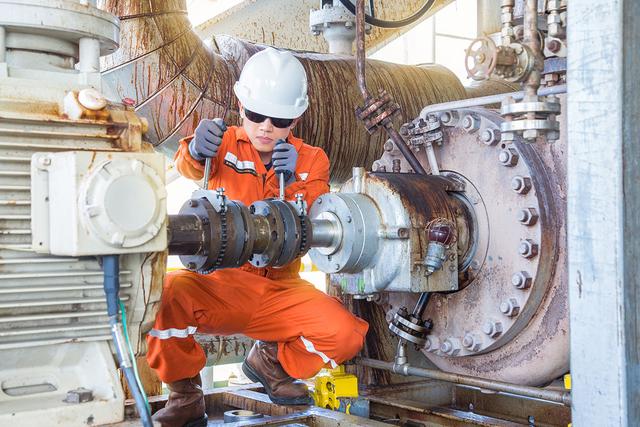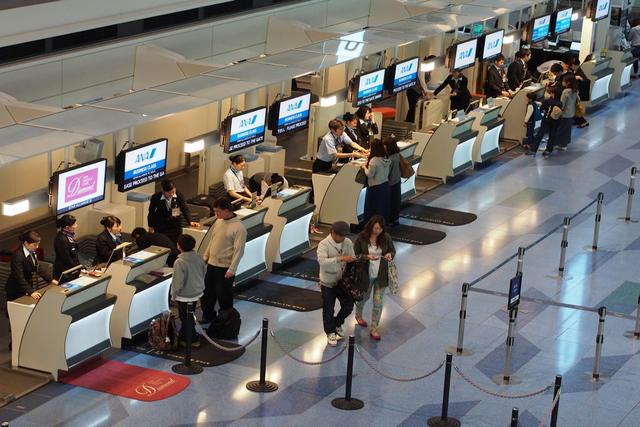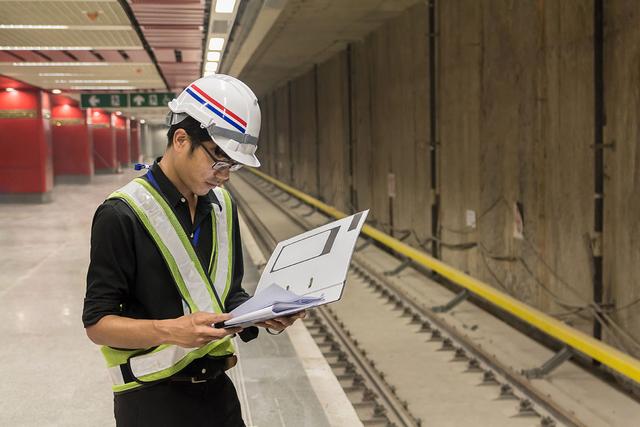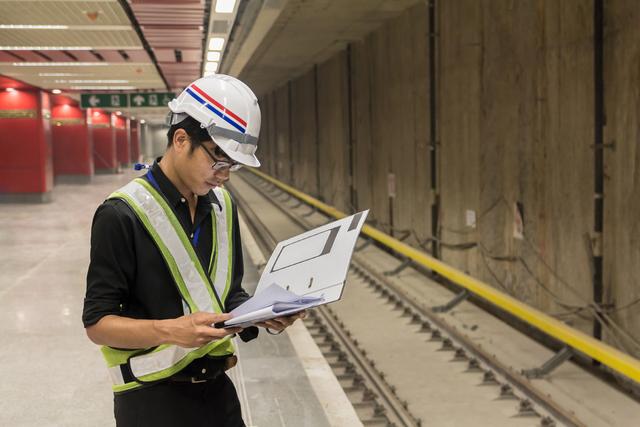Locomotive Engineers
Overview

Introduction
Locomotive engineers, also known as train engineers, operate diesel, electrical, and hybrid locomotive engines that pull all types of trains, including cross-country freight trains and passenger trains. They also work in switchyards, where freight cars are joined together or broken apart. A locomotive engineer is generally the highest union position to which a railroad worker can advance. There are approximately 27,500 locomotive engineers employed in the United States.
Quick Facts
Median Salary
Employment Prospects
Minimum Education Level
Experience
Skills
Personality Traits
Earnings
Earnings for locomotive engineers are negotiated in union contracts. The earnings depend on the class of locomotive operated, the kind of service in which the engineer is employed, and the amount of seniority he or she has. According to the U.S. Department of Labor, median annual earnings of locomotive engineers were $74,770 in May 2023. Wages ranged from less than $59,450 to more than $92,670....
Work Environment
The conditions of work for engineers are governed by the type of job. The yard engineer generally works a standard 40-hour week, in one location. The road engineer, while on the extra board, may work irregular hours and be on call for 24 hours, seven days a week. Even those with regular assignments rarely have what would be considered regular workweeks, since trains run at all hours of the day ...
Outlook
Little change in employment is expected for locomotive engineers through 2033, according to the U.S. Department of Labor (DOL). Despite this prediction, the DOL says that "an expected increase in intermodal freight activity—the shipment of goods through multiple transportation modes—may support demand for railroad workers." In recent years, employment growth also has benefitted from federal leg...











